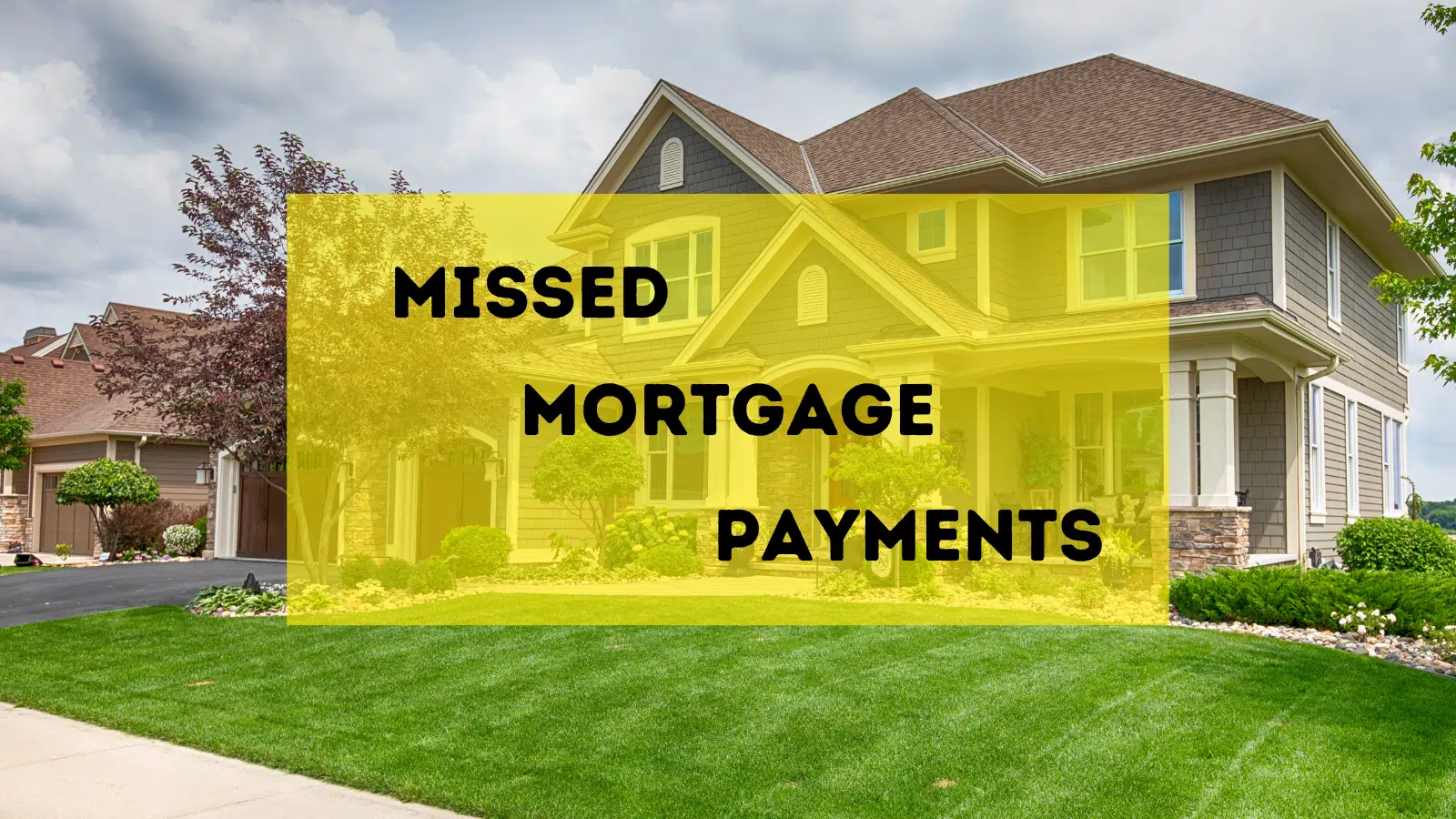Mastering Reverse Mortgage Repayment: A Comprehensive Guide to Options and Pitfalls
Why Understanding Reverse Mortgage Repayment Is Crucial for Canadian Homeowners
Reverse mortgages offer a unique financial tool for Canadian homeowners, particularly seniors, looking to access the equity in their property without monthly payments. However, understanding the intricacies of repaying a reverse mortgage can significantly impact your long-term financial health. This guide will explore essential aspects like pre-payments, potential penalties, and the concept of “no negative equity” to help you make informed decisions. Whether you’re considering a reverse mortgage or are currently navigating repayment, understanding these elements will safeguard your financial future.
Why Reverse Mortgages Deserve Your Attention
Understanding the details of any financial agreement is key to avoiding surprises. With a reverse mortgage, repayment terms are unique. Homeowners typically don’t make monthly payments, but when repayment is due, it’s crucial to know your options and how to avoid costly mistakes.
Reverse Mortgage Repayment Options: What You Need to Know
Reverse mortgages differ from traditional home loans in several important ways. Unlike a conventional mortgage, where regular monthly payments are required, a reverse mortgage is repaid when the last homeowner either sells the home, passes away, or moves out. Here’s a breakdown of your repayment options and potential challenges.
1. Early Pre-Payments: Are They Worth It?
One of the unique features of reverse mortgages is the flexibility to make early payments, though it’s not required. However, pre-payments may incur penalties depending on the terms of your loan. Before making any early payments, it’s important to consult a mortgage broker to understand the “personalities” of your reverse mortgage, a concept we’ve discussed in past blogs like choosing the right mortgage terms.
2. Avoiding Default: Key Triggers to Watch Out For
Defaulting on a reverse mortgage is something every homeowner should avoid. Common reasons for default include misusing the funds, providing false information during the application process, or neglecting home maintenance to the point that the property loses significant value. Just as we’ve discussed in mortgage default insurance and understanding lender contracts, keeping your home in good condition and adhering to your agreement are critical for avoiding default.
3. The “No Negative Equity” Guarantee
One of the most reassuring aspects of reverse mortgages in Canada is the “no negative equity” policy, offered by Equitable Bank and HomeEquity Bank. This means that when it’s time to sell the home, you’ll never owe more than the property’s value. This safeguard can provide peace of mind, but it’s important to be aware of exceptions, such as penalties that could push your debt beyond the home’s worth.
Connecting the Dots: How Past Insights Help You Master Reverse Mortgages
In earlier discussions, we emphasized the value of working with a broker, whether navigating first-time homebuyer programs or understanding affordability calculators. The same principle applies to reverse mortgage repayment—having an expert guide you through the options is invaluable. Additionally, we’ve stressed the importance of budgeting and planning in closing costs, lessons that also apply when planning for reverse mortgage repayment.
Key Takeaways from Our Previous Blogs:
- Work with a Mortgage Broker: Just as in choosing the right neighborhood or understanding second mortgages, a broker can help you navigate the complexities of reverse mortgage terms.
- Plan for the Future: In our blog on closing costs, we emphasized the importance of financial planning. The same goes for reverse mortgages—you’ll need to plan how to repay the loan once it becomes due.
- Know Your Mortgage “Personality”: In blogs like streamlining your financial journey, we’ve discussed how each mortgage has its own unique characteristics. Reverse mortgages are no different, so it’s essential to fully understand your loan’s specifics before making extra payments or deciding on repayment strategies.
In Conclusion: Navigating Reverse Mortgage Repayment with Confidence
Repaying a reverse mortgage may seem complex, but with the right knowledge, you can avoid costly mistakes. From understanding the penalties for early payments to leveraging the “no negative equity” policy, each decision you make impacts your financial future. Whether you’re looking to make extra payments, avoid default, or simply understand your reverse mortgage better, this guide will help you navigate the repayment process with confidence.
Ready to Master Reverse Mortgage Repayment? Contact Us Today!
Have questions about reverse mortgage repayment or need help navigating the terms of your loan? Reach out to us today for personalized guidance. Our expert mortgage brokers at GLM Mortgage Group are dedicated to ensuring your financial well-being and helping you make informed decisions every step of the way. Whether you’re considering early payments, avoiding default, or clarifying loan terms, we’re here to assist you in securing your financial future. Contact GLM Mortgage Group now to start your journey toward successful reverse mortgage repayment with the best team by your side!


